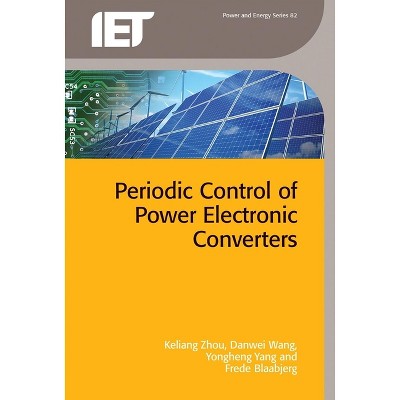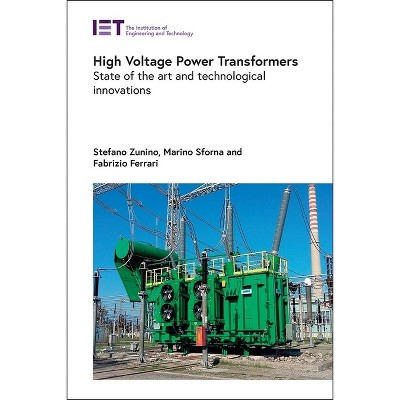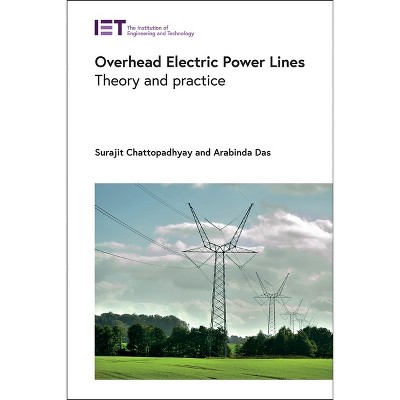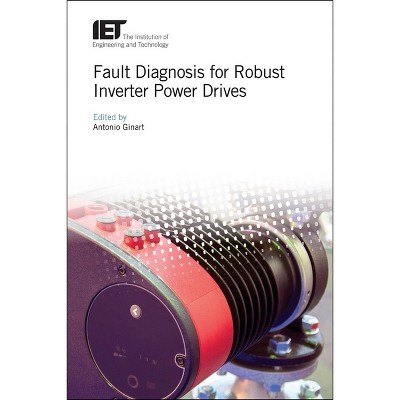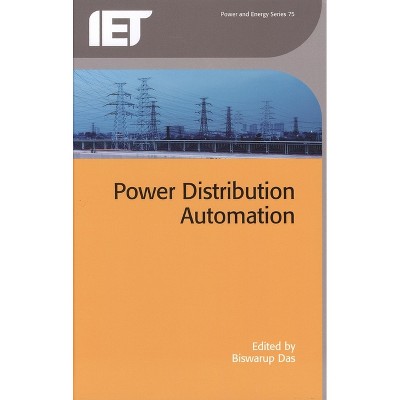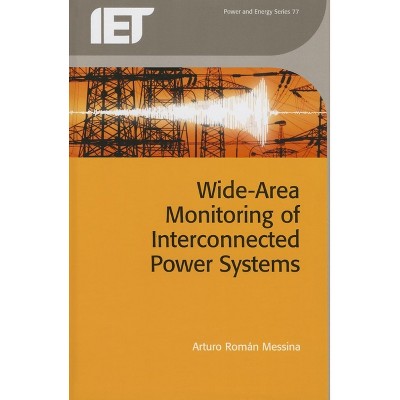Sponsored

Lightning Electromagnetics - (Energy Engineering) 2nd Edition by Vernon Cooray & Farhad Rachidi & Marcos Rubinstein (Hardcover)
In Stock
Sponsored
About this item
Highlights
- Lightning is important for all scientists and engineers involved with electric installations.
- Author(s): Vernon Cooray & Farhad Rachidi & Marcos Rubinstein
- 666 Pages
- Technology, Power Resources
- Series Name: Energy Engineering
Description
About the Book
Understanding lightning is of importance due to the increase in extreme weather events. The 2nd edition of this classic work has been thoroughly updated and revised, with new content on EM radiation at various wavelengths. Volume 1 treats electrodynamics, whilst volume 2 addresses effects and modelling.
Book Synopsis
Lightning is important for all scientists and engineers involved with electric installations. It is gaining further relevance since climate warming is causing an increase in lightning strikes, and since the rising numbers of renewable power generators, the electricity grid, and charging infrastructure are susceptible to lightning damage. This is the second edition to this comprehensive work.
Both volumes have been thoroughly revised and updated for this second edition. Volume 1 treats lightning return stroke modelling and lightning electromagnetic radiation, and Volume 2 addresses electrical processes and effects. Chapter coverage includes various models and simulations of lightning strokes, measurements of lightning-generated EM fields, HF, VHF and microwave radiation, and lightning location systems; atmospheric discharge processes, lightning strikes to grounded structures and towers, EM field propagation, interaction with cables, effects on power transmission and distribution systems, effects in the ionosphere, mesosphere and magnetosphere, as well as NOx generation and climate effects. The volumes provide the rules and procedures to combine the readers' understanding with a model of every lightning-related electromagnetic process, and their effects and interactions. Readers obtain first-hand experience through simulations of the EM field of thunderclouds and lightning flashes and their effects.
These volumes are a valuable resource for researchers and engineers in the areas of electrical engineering and physics involved in the fields of electromagnetic compatibility, lightning protection, renewable energy systems, smart grids, and lightning physics, as well as for professionals from telecommunication companies and manufacturers of power equipment, and advanced students.
Shipping details
Return details
Trending Computers & Technology Books












